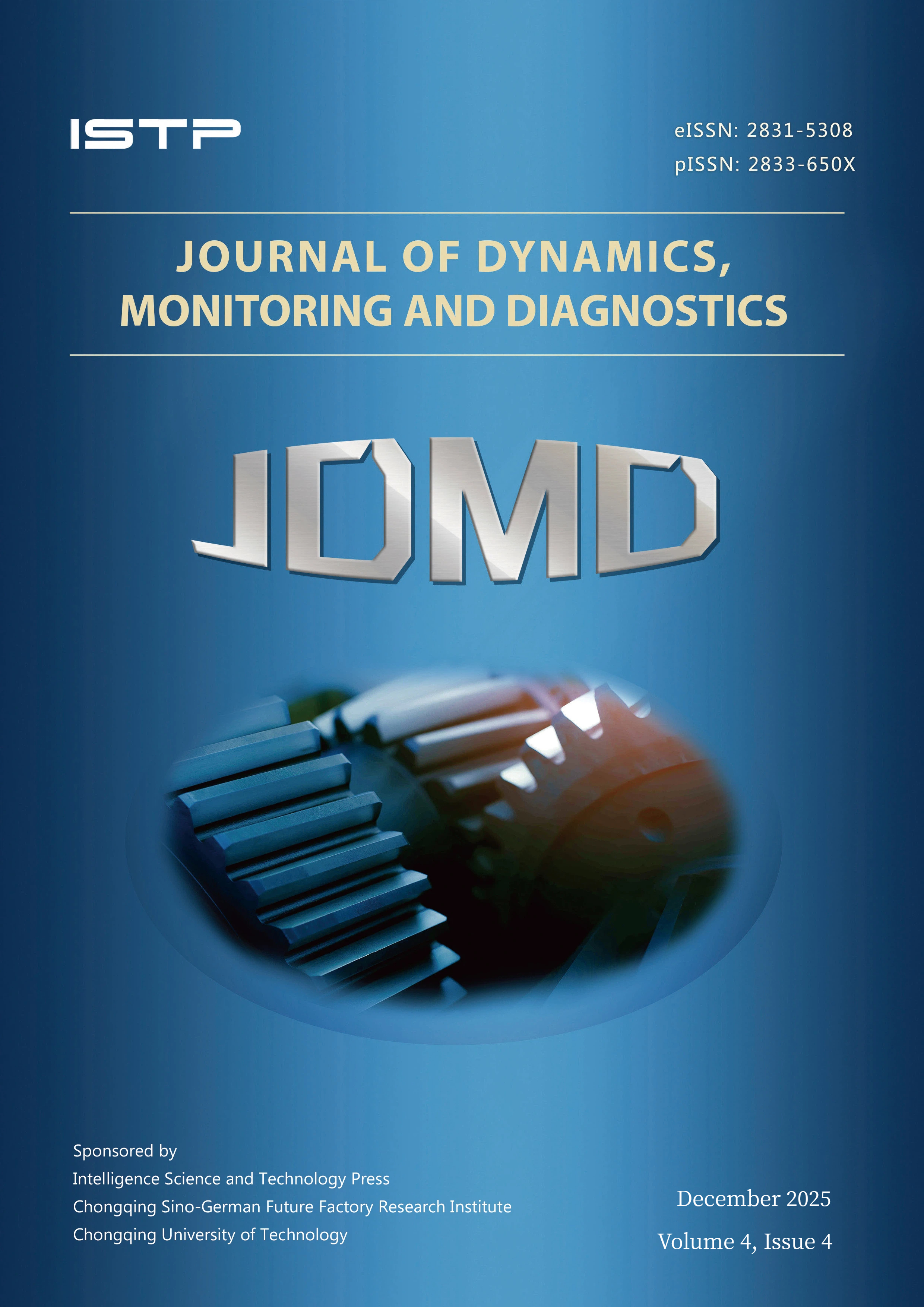Fault Detection in Wind Turbine Bearings by Coupling Knowledge Graph and Machine Learning Approach
DOI:
https://doi.org/10.37965/jdmd.2025.795Keywords:
machine learning, Anomaly Detection, wind turbine fault detection, knowledge graph embeddingAbstract
Fault sensing in wind turbine (WT) generator bearings is essential for ensuring reliability and holding
down maintenance costs. Feeding raw sensor data to machine learning (ML) model often overlooks the enveloping
interdependencies between system elements. This study proposes a new hybrid method that combines the domain
knowledge via knowledge graphs (KGs) and the traditional feature-based data. Incorporation of contextual
relationships through construction of graph embedding methods, such as Node2Vec, can capture meaningful
information, such as the relationships among key parameters (e.g. wind speed, rotor Revolutions Per Minute (RPM),
andtemperature) in the enriched feature representations. These node embeddings, when augmented with the original
data, can be used to allow the model to learn and generalize better. As shown in results achieved on experimental
data, the augmented ML model (with KG) is much better at predicting with the help of accuracy and error measure
compared to traditional ML methods. Paired t-test analysis proves the statistical validity of this improvement.
Moreover, graph-based feature importance increases the interpretability of the model and helps to uncover the
structurally significant variables that are otherwise ignored by the common methods. The approach provides an
excellent, knowledge-guided manner through which intelligent fault detection can be executed on WT systems.
Conflict of Interest Statement
The authors declare no conflicts of interest.









